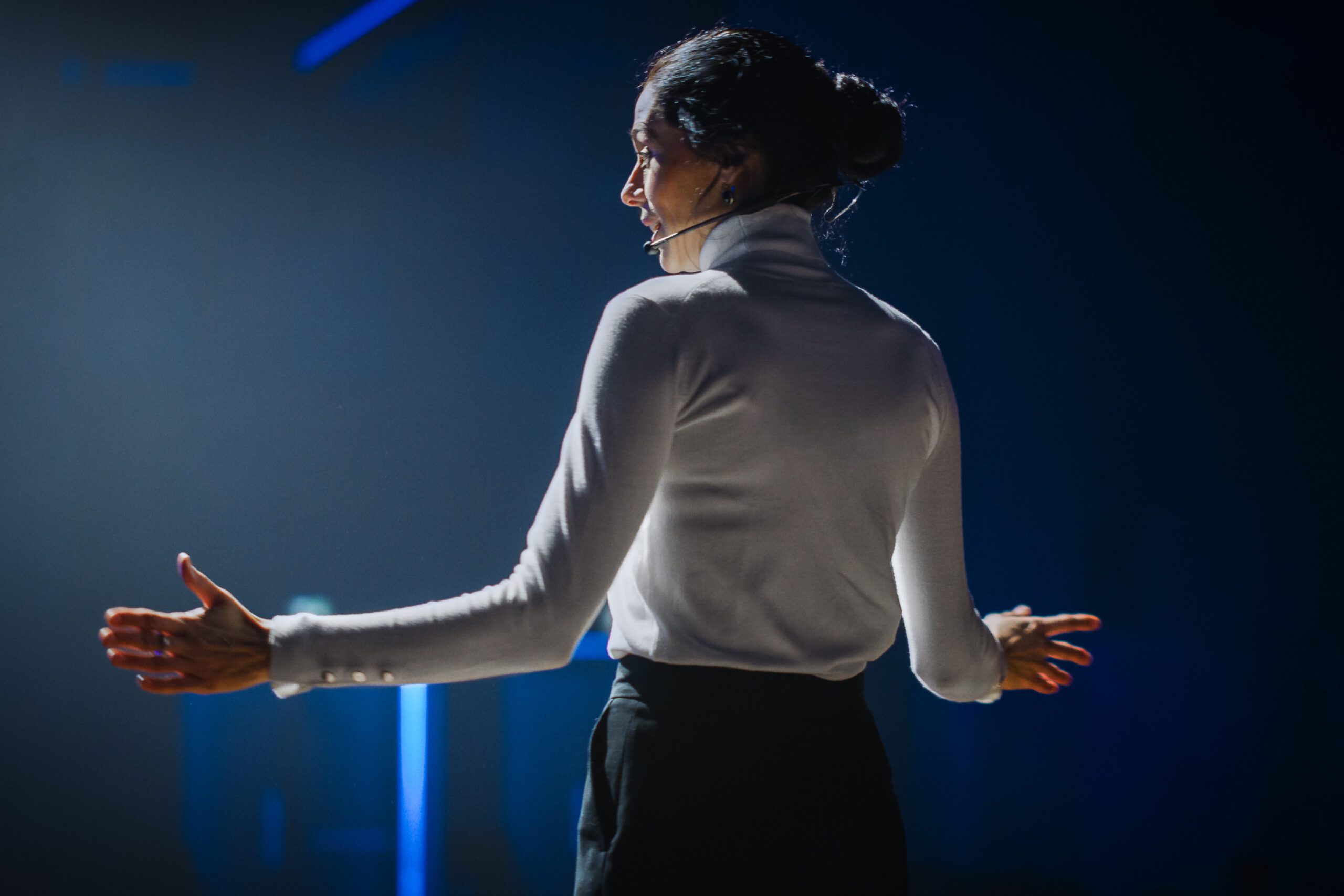

Note: This is the third of three blog posts exploring how to initiate executive coaching and prime it for success in your organization. For coaching to succeed, an executive leader must be ready for development and able to commit the effort necessary to become more impactful in their organization.
My first post explored how to get started with coaching engagements. The second entry focused on the steps and context necessary in selecting the right coach.
How to Partner for Coaching
Introducing executive coaching into an organization requires the right level of support. By far, the most effective option is to collaborate with an external coaching partner to ensure all the bases are covered in carrying out the various pieces that executive coaching entails. A coaching provider can serve as a partner to an organization to help pull the weight of establishing executive coaching in an organization – a thought partner to help guide initial conversations, source the right coaches, and establish an effective executive coaching strategy.
My aim here is to explore ways for an HR leader to work with an external coaching firm – and, specifically, the elements of a conducive client-coaching provider relationship.
Asking the Important Questions
As I discussed in my first post, executive coaching begins with an intensive process of context-gathering and organizational analysis. This includes the coaching provider asking targeted questions, and the HR leader of the organization responding as needed.
Throughout the partnership, there are a number of topics that the client organization will likely discuss in detail with the coaching provider, including:
The objectives for executive coaching
The history of coaching in the organization
The organization’s coaching strategy
The organization’s dynamics and culture
Key development areas of executive leaders
Preferred qualifications of executive coaches
Of course, much of the information shared will be confidential but also essential to inform the proper next steps to set up coaching engagements that will effectively support each leader. The disclosure of this need-to-know information is critical for the partnership; there is no solid foundation for successful coaching engagements without it.
Involving Internal Allies
When an executive coaching engagement is initiated and a coach is selected, a misconception can set in that the coaching engagement exists only between the leader and the coach. Instead, there can be others in the organization who can actively provide support and help oversee the leader’s development over the course of the engagement.
Here too, the external coaching partner can be instrumental in identifying these allies and defining how they can participate in the coaching engagement, in alignment with the organization’s coaching strategy. Some of the roles within a leader’s circle who can be of support as allies are:
Line managers
HR business partners
C-suite sponsors
Board members
A micro-network of support around each coaching engagement increases the likelihood of the engagement’s success.
Timing and Responsiveness
The various processes that take place in setting up executive coaching—context gathering, selecting a coach, involving internal support, and so on—all require an important focus on timing and responsiveness when working with an external coaching partner.
As a coaching provider, we are often asked to start an engagement as soon as possible. To do that, the client organization and the coach provider are jointly responsible for providing information to each other at a pace that supports getting coaching engagements started on a distinct timeline. For example, the HR leader provides the context of the coaching engagement, and the coaching partner then provides coach bios for consideration as soon as possible.
A mutual commitment to a timely back-and-forth by both parties is key in completing each step of the executive coaching process. If the coaching engagement setup process is stalled on either side, there could be a loss of momentum. This can lead to revisiting steps previously completed, such as having to source additional coaches because those originally put forward are no longer available.
Key Takeaways
In many ways, the client organization-coaching provider partnership is similar to any business partnership – it requires collaboration, communication, and teamwork. However, it is the specific combination of these needs that makes a coaching collective unique.
Sharing information, creating internal networks of coaching support, and timely responsiveness by both parties are all key elements for a productive relationship and, most importantly, ensuring the success of executive coaching at the client organization.
Photo by Maja Kochanowska on Unsplash



